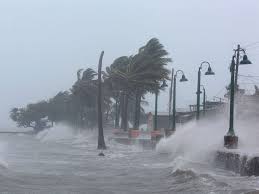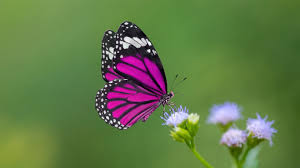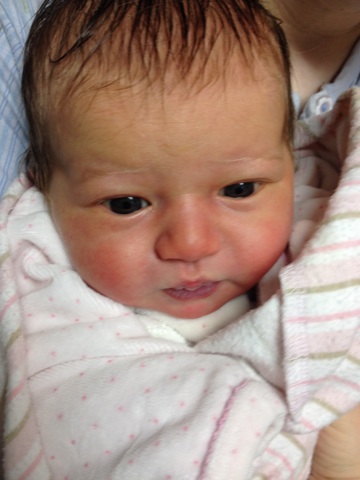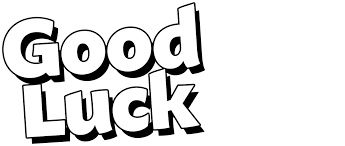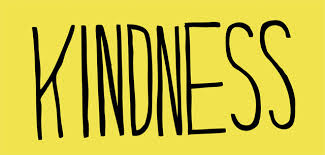Musings through a Bifocal Lens : The Other Side of the Table
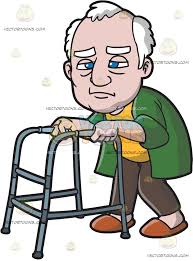
Thinking back to the days when I was a young mother surrounded by my little children, I remember sometimes wishing I had live-in help. I even thought about how nice it would be to just wiggle my nose and make everything clean and sparkly. Don’t get me wrong; I loved being a full-time mother. I enjoyed taking care of my children, spending time with them, teaching them, playing and reading to them. It was the household details I found never-ending and exhausting: the endless dishes to wash and the loads of laundry to do. It seemed like I was always washing dishes. Apparently, my children thought so too. I remember one day when we were going out together as a family and my young son informed me that I couldn’t join them because I had to wash the dishes!




